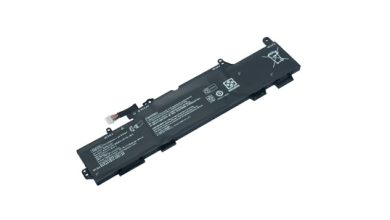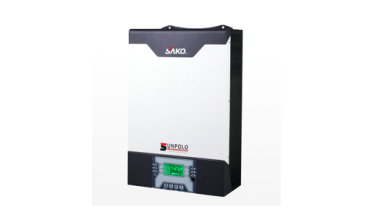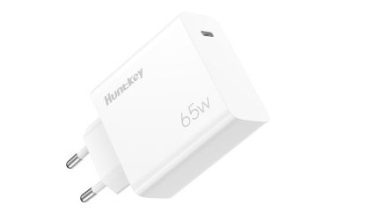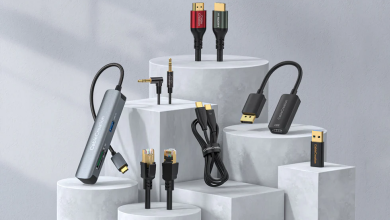How do you find a ground fault on a solar panel?
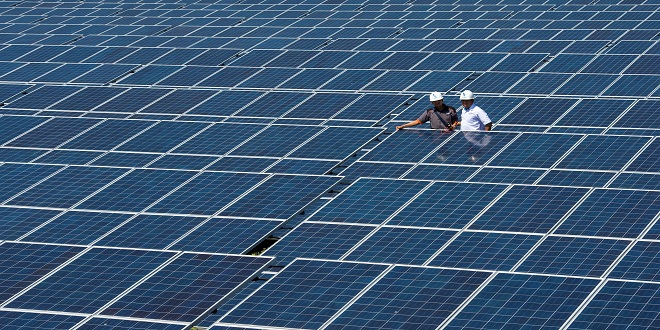
Ground faults are quite common in PV systems. However, the damage to inverter installations may be even more severe. Unintentional electrical connections between the current-carrying metal in the photovoltaic array’s photovoltaic array, and the grounding conductor of the equipment can cause this unwelcome current flow. It is important to correct the problem quickly to restore the system’s functionality. Ground faults are not only dangerous but also can cause fire hazards due to the short-circuited electricity heating exposed metal. Insufficiently identified and limited ground faults could pose a fire hazard in solar PV arrays. We will be discussing ground faults in solar panels with a case study from a solar farm and practical methods to detect them.
What are the Dangers of Solar Panel Ground Faults and
Ground faults can be a problem in larger solar PV systems because they might go unnoticed for extended periods of time. Ground fault protection systems are unable to detect the small (1 amp) current flowing through a ground fault. This results in a blind area. In the event of a second fault with higher electricity, the DC ground fault can become a parallel channel for huge currents. The GFP may trip the circuitry. This could quickly turn into a large fire. Although the GFP might remove the secondary fault, it is possible for large currents to return via an undiscovered ground fault. This could quickly disintegrate the insulation and create a fire.
Ground Faults on a Solar Panel
Ground faults are the most common problem in solar panel PV systems. They can be caused by any of the following:Rodents can cause cable insulation failure by eating through the insulating envelope, causing a ground fault.Poor encapsulation, physical damage or moisture degradation can cause grounding problems in solar panels.A short circuit ancillary to an ordinary conductor or ground, such that a wire from a solar panel accidentally striking a grounded conductor.
Detection of a Ground Fault on A Solar Panel
It can be difficult to detect a solar panel fault, especially when the system is large. Because such ground faults often have a threshold sensitivity that is lower than the ground fault protection device, it can be difficult to detect them. Two methods to diagnose DC ground faults are insulation resistance monitoring and residual current detectors. An insulation resistance tester should be used to perform a grounding test on a regular basis. This is to determine the resistance to ground in open circuit grids. Two possibilities can be revealed by the evaluation: if the insulation resistance is above the threshold, the system could start, or if it struggles below the threshold, this may indicate defective insulation and the possibility that there may be a ground fault.
It is possible that the inverter’s ground fault detector interrupter (GFDI), does not break the circuit. However, it might still be difficult to determine the root cause. To determine if the GFDI has blown, technicians should first perform a continuity test. For a continuity test, attach the leads to a multimeter to the tip of a fuse. Then set the selector for resistance. If resistance is very high, the fuse should be replaced. To measure insulation resistance of conductors, technicians will need to use an insulation tester. In this test, the conductors are given a voltage to cause current to flow through them. This is used to measure the insulation resistance.
The following steps can be used to pinpoint the root cause of a ground fault:To confirm that the inverter is separate from the solar panel array, remove the positive and negative leads.Secure the DC disconnection in order to apply a live current on the wiresMeasure the voltage between the positive and negative terminals to determine the open-circuit voltage of the array
Discover the essence of crafting captivating magazine content, delving into the art of storytelling and visual aesthetics. Uncover the secrets to engaging readers through compelling narratives and striking imagery, elevating the impact of each page turn. Master the intricacies of magazine creation to resonate with diverse audiences and leave a lasting impression.
conclusion
At this point, you should consider both the positive and the negative aspects of the ground. If there is no ground fault, each conductor should have zero voltage to ground. For both conductors, examine each junction along the length of the array to determine the voltage to ground. After identifying the problem, replace the wires damaged and keep records of any testing or upgrades.
An excess current to faulty threads (including reverse current via nearby strings) can overload conductors and connectors, leading to excessive heat and the risk of fire. Faulted threads can also affect maximum power point tracking and reduce the grid’s efficiency. You should look for a service provider that offers technical expertise as well as a broad range of solutions to protect solar PV panels from ground faults.
